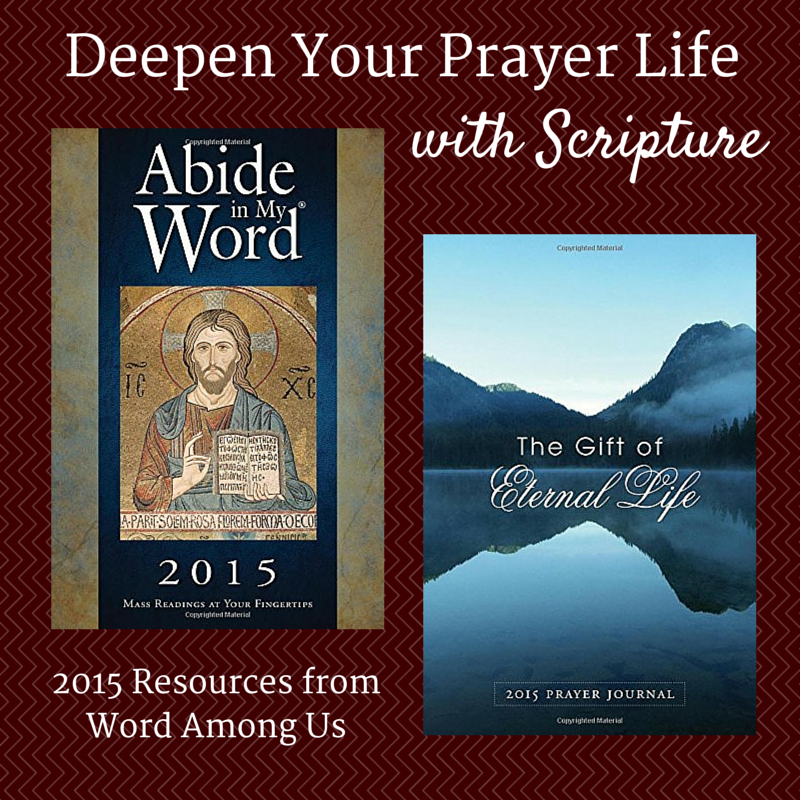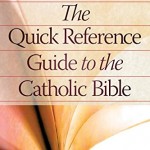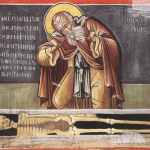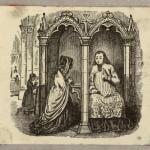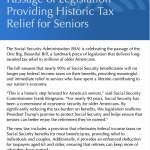So I’m reading this really great Catholic commentary on the Gospel of Mark and I remembered that I have a ton of Bible study stuff for the Gospel of Mark. So lets go through it together.
I like the idea that the Gospel of Mark is just about as close to an eyewitness account as we can get.
The earliest manuscripts of the second Gospel are titled “According to Mark”. This heading is not part of the original work but was added by the early Christians. It summarizes the Church’s uniform tradition that Mark, a disciple of Simon Peter, wrote the second Gospel. Although Mark did not write as an eyewitness of Christ’s public ministry, he was a channel of apostolic tradition through Peter, who was his primary source of information about the life of Jesus. His association with Peter is evident in both the NT and the testimony of the early Church. Within the NT, Peter refers to his companionship with “my son Mark” in 1 Pet 5:13, and interpreters have noted that the general outline of Mark’s Gospel is similar to Peter’s presentation of the gospel in Acts 10:36-43. Outside the NT, several Church Fathers insist that Peter’s authority stands behind the second Gospel. Papias (A.D. 130) describes Mark as the “interpreter” of Peter, while Iranaeus (A.D. 180), Clement of Alexandria (A.D. 200), and Tertullian (A.D. 200) echo this tradition.
The Gospel of Mark
(The Ignatius Catholic Study Bible)
Even though Mark was writing based on Peter’s authority, he also knew Jesus himself.
We can be sure that Mark knew Jesus Christ personally, although he was not one of the twelve Apostles: most ecclesiastical writers see in Mk 14:15-52, the episode of the young man who leaves his sheet behind him as he flees from the garden when Jesus is arrested, as Mark’s own veiled signature to his Gospel, since only he refers to this episode. If this were the only reference it would be ambiguous, but it is supported by other circumstantial evidence: Mark was the son of Mary, apparently a well-to-do widow, in whose house in Jerusalem the first Christians used to gather (Acts 12:12). An early Christian text states that this was the same house as the Cenacle, where our Lord celebrated the Last Supper and instituted the Holy Eucharist. It also seems probably that the Garden of Olives belonged to this same Mary; which would explain Mark’s presence there.
More interesting, historical stuff about the book itself.
There is a very interesting thing about Mark’s gospel. In its original form it stops at Mark 16:8. We know that for two reasons. First, the verses which follow (Mark 16:9-20) are not in any of the great early manuscripts; only later and inferior manuscripts contain them. Second, the style of the Greek is so different that they cannot have been written by the same person as wrote the rest of the gospel.
But the gospel cannot have been meant to stop at Mark 16:8. What then happened? It may be that Mark died, perhaps even suffered martyrdom, before he could complete his gospel. More likely, it may be that at one time only one copy of the gospel remained, and that a copy in which the last part of the roll on which it was written had got torn off. There was a time when the church did not much use Mark, preferring Matthew and Luke. It may well be that Mark’s gospel was so neglected that all copies except for a mutilated one were lost. If that is so we were within an ace of losing the gospel which in many ways is the most important of all.
* Not a Catholic source and one which can have a wonky theology at times, but Barclay was renowned for his authority on life in ancient times and that information is sound.
UPDATE
I have been contacted by a gentleman who begs me to stop quoting Barclay’s comment that Mark 16:9-20 is not in any of the early great manuscripts. (See the comments for his full remarks on the subject.)
Therefore, I turned to Mary Healy’s excellent Catholic Commentary on Sacred Scripture to see what she said. Here we go, sports fans!
Verses 9-20, commonly called the Longer Ending, do not appear in the earliest manuscripts of the Gospel. Scholars are virtually unanimous in holding that these verses were not written by Mark but by a Christian of the late first or early second century who sought to fill out the abrupt ending of verse 8. (Footnote: a few ancient and medieval manuscripts of Mark insert other brief endings, which the Church does not accept as canonical.) Yet the Church accepts this addendum as part of the canon of inspired Scripture. The Holy Spirit’s gift of inspiration is not limited to the original writer, but encompasses each biblical book in its final edited form.
The author of the Longer Ending was apparently familiar with all four Gospels (or with the oral testimonies on which they were based), and compiled these verses from the resurrection accounts in Matthew, Luke and John. …



